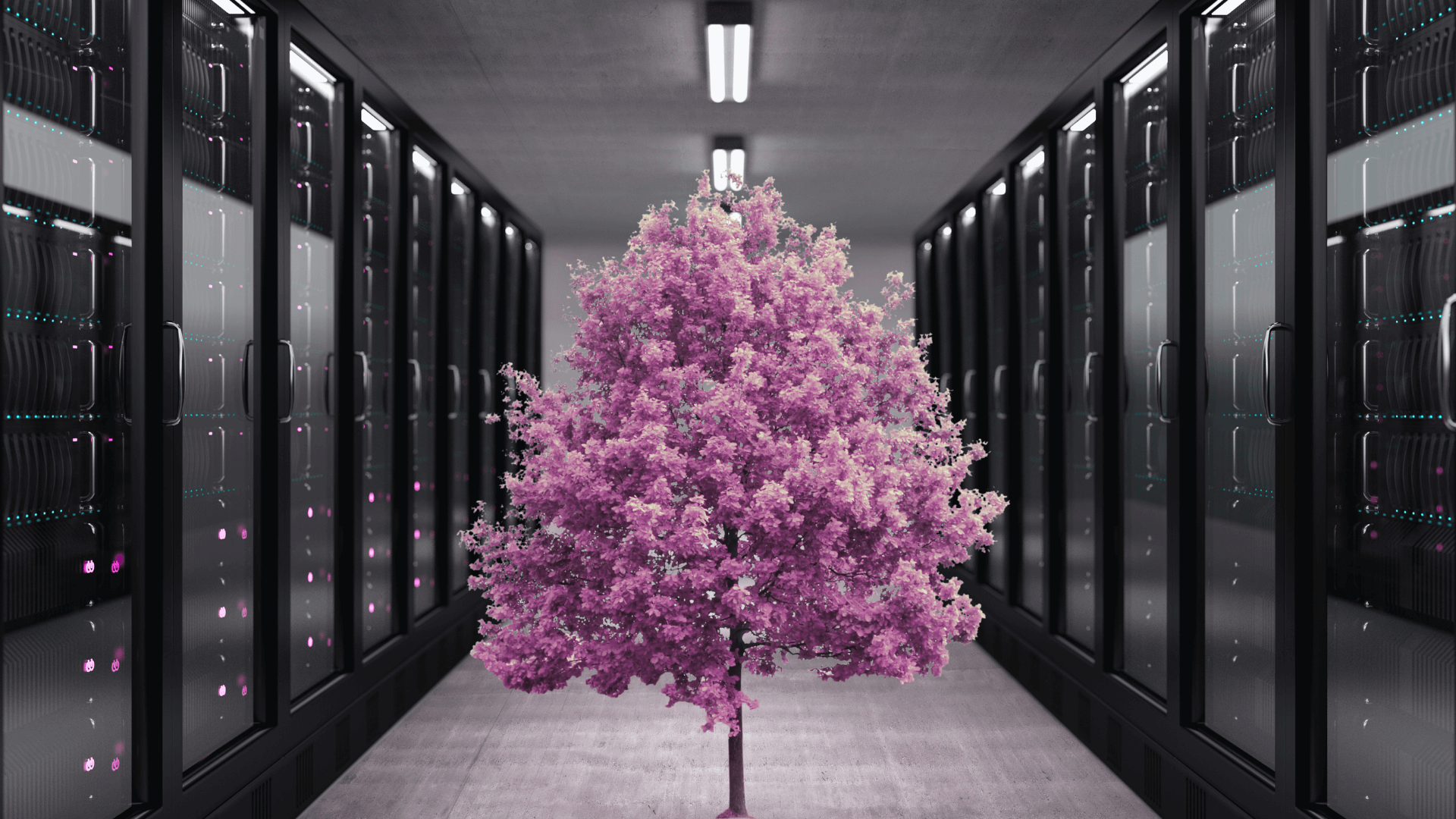Environmentally harmful live streams?

Whether it's Twitch, live concerts or even events on YouTube, they all have one thing in common. They run as a volume of data and mostly across national borders as well as numerous servers. More and more people are becoming aware that these processes naturally cost energy and therefore generally generate emissions. But does that automatically mean that live streams are harmful to the environment? In short: no. It only depends on the right solutions, resolutions and, in some cases, the behavior of the streamers.
Our infrastructure “speaks” ecologically
At 3Q, we only use electricity from renewable energy sources for all our data centers and for the entire information & communication infrastructure. We take this for granted. But “good energy” is not enough for us. That is why we are always working to reduce the power consumption of our technologies while increasing the performance of the systems. In this way, we achieve ever better efficiency and always get the most out of it. For us, resource-efficient operation also means that we save costs.
We currently use AMD Epic processors, which are significantly more energy-efficient than previous ones and can also provide more processing power. Implement our hosting with fast NVMe SSD hard drives. These are faster than traditional hard drives and require much less power at the same time.
The running time of all other components for our solutions is also constantly being optimized. By continuously adapting the uptimes and downtimes of our technology and, for example, efficient planning of updates, we achieve maximum savings. We are currently also following the energy management system (EnMS) in accordance with ISO 50001:2018 and thus achieve an extreme reduction in CO at the same time2-Emissions.
Working with streamers for the environment

When actually using the solutions, we advise our customers so as not to waste energy and resources. As a result, customers have been able to reduce energy consumption in the past. The main recommendation is to avoid any unnecessary operating time. For example, if the customer uses the player's built-in countdown function, there is no need to create a separate stream.
Last but not least, we use re-streaming as far as it makes sense and is possible. This means that we send the live signal to several platforms from a central location and do not control them individually. The result is less bandwidth consumption for on-site production and drastically lower hardware costs.
With an eye on the future, you can see better
The measures we take ourselves or together with Streamer result in a noticeable saving in processor and system performance simply due to the sheer volume of our streams. This makes our entire solution ever more efficient. We always keep an ear open for suggestions, new insights and economical approaches. Our live streams run with the latest technology and leave the smallest possible ecological footprint.
Newsletter
Abonnieren Sie unseren monatlichen Newsletter, um immer auf dem Laufenden zu bleiben!


